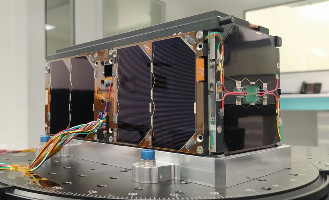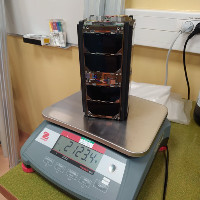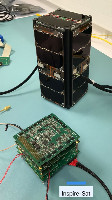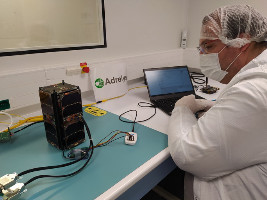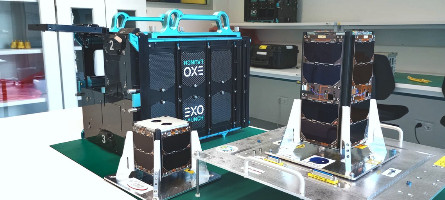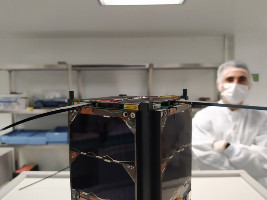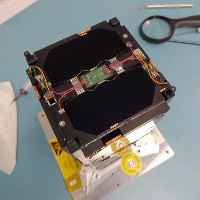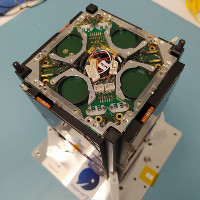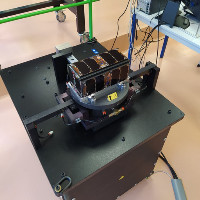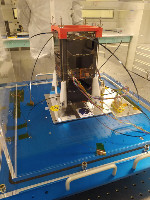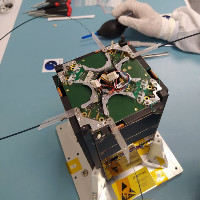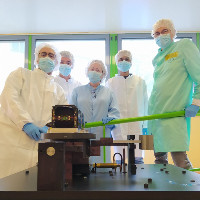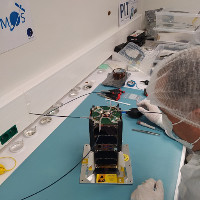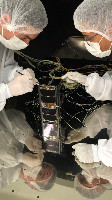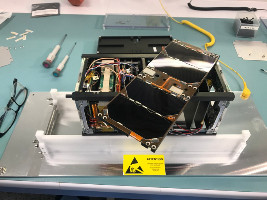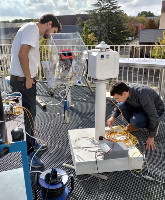| Satellite | INSPIRE-Sat 7 (INSPIRE-Sat-7, InspireSat 7) |
|---|---|
| Type | CubeSat |
| Units or mass | 2U |
| Mass in kg | 2.1234 kg |
| Status | Reentry 2024-09-18. Was operational (News and many radio amateur reports as of 2023-04-30) |
| Launched | 2023-04-15 |
| NORAD ID | 56211 |
| Deployer | EXOpod 12U/16U [Exolaunch] |
| Launcher | Falcon 9 (Transporter-7) |
| Organization | University of Versailles Saint-Quentin-en-Yvelines (UVSQ) |
| Institution | University |
| Entity | Academic / Education |
| Nation | France |
| Partners | Sorbonne Université, Université Paris Saclay, CNRS, ONERA |
| Oneliner |
Educational mission with ionospheric sensors and radio amateur mission. |
| Description |
University project made by Université de Versailles Saint-Quentin en Yvelines (France) on behalf of LATMOS (UVSQ, Sorbonne Université, Université Paris Saclay, CNRS). This satellite is a demonstrator to experiment new technology with a strong involvement of students. This satellite helps to experiment miniaturized remote sensing sensors that could be used in the multi-point observation of Essential Climate Variables (ECV) and ionosphere. The project is used for educational outreach for school. Students (PhD, master, Engineering school, …) contribute directly to the projects at different level. INSPIRESAT 7 provides hands-on experience and training to students in the requirements definition, reliability and quality assurance, cost and risk management, design, construction, spacecraft integration and test, mission operations, and control of complete satellite systems. The INSPIRE-SAT 7 2U CubeSat embed following missions:
The satellite will be used for education purpose (hardware/software developments and trainings to satellite operations). Software to capture and performed data interpretation will be provided (aka UVSQ-SAT decoder). |
| Sources | [1] [2] [3] [4] [5] [6] |
| Photo sources | [1] [2] [3] [4] [5] [6] [7] [8] [9] [10] [11] |
| On the same launch |
|
Last modified: 2024-12-18
